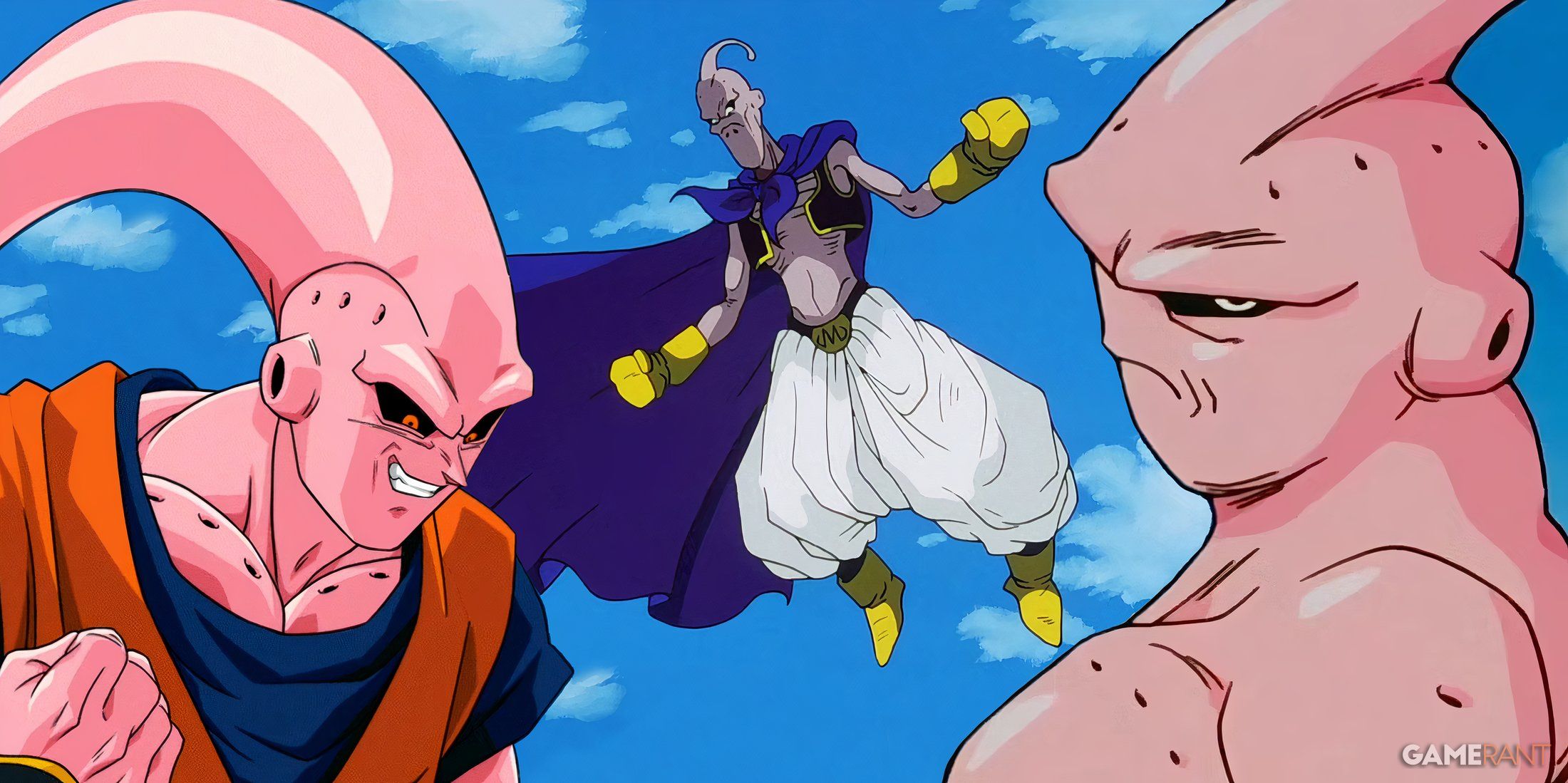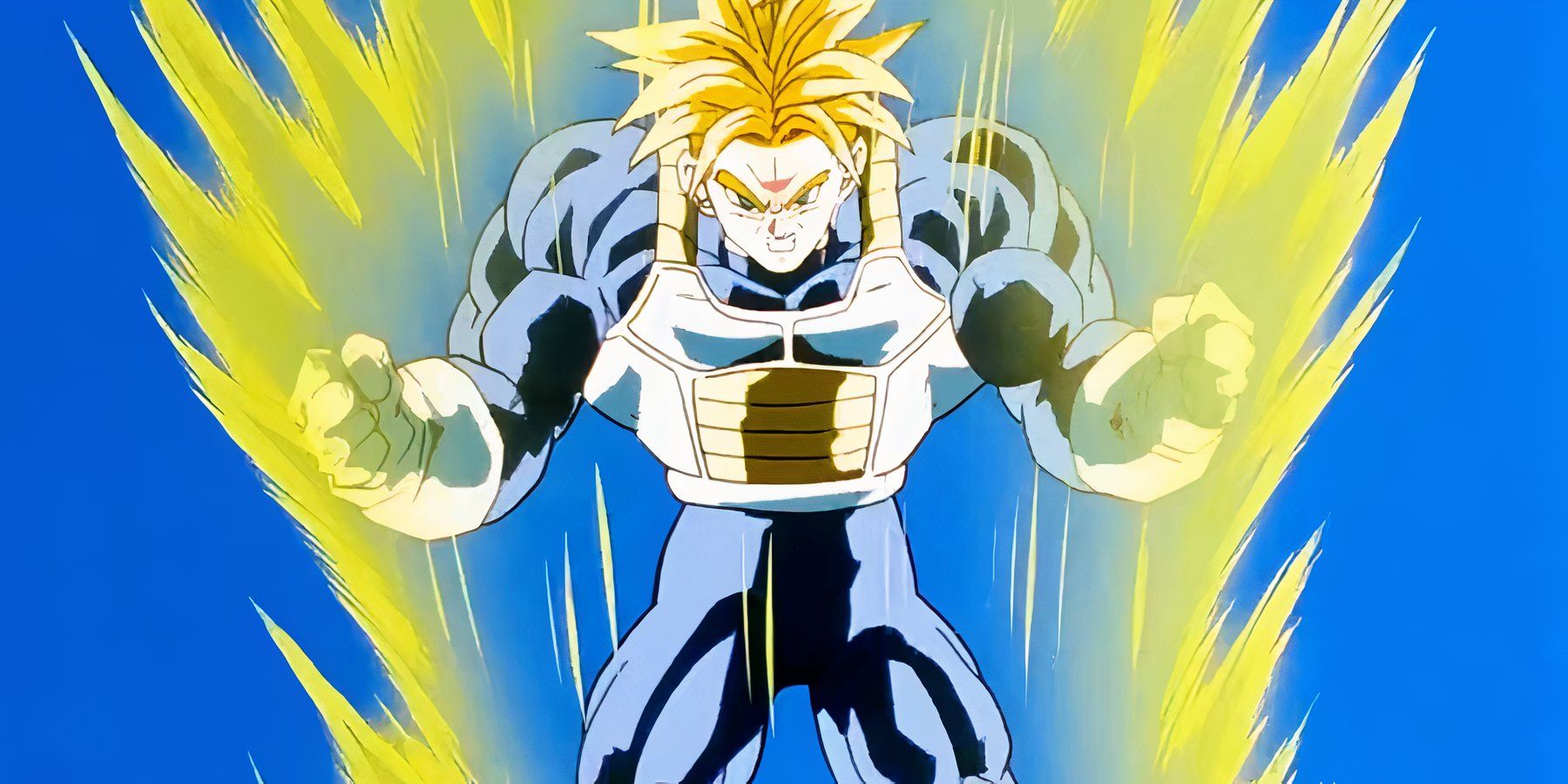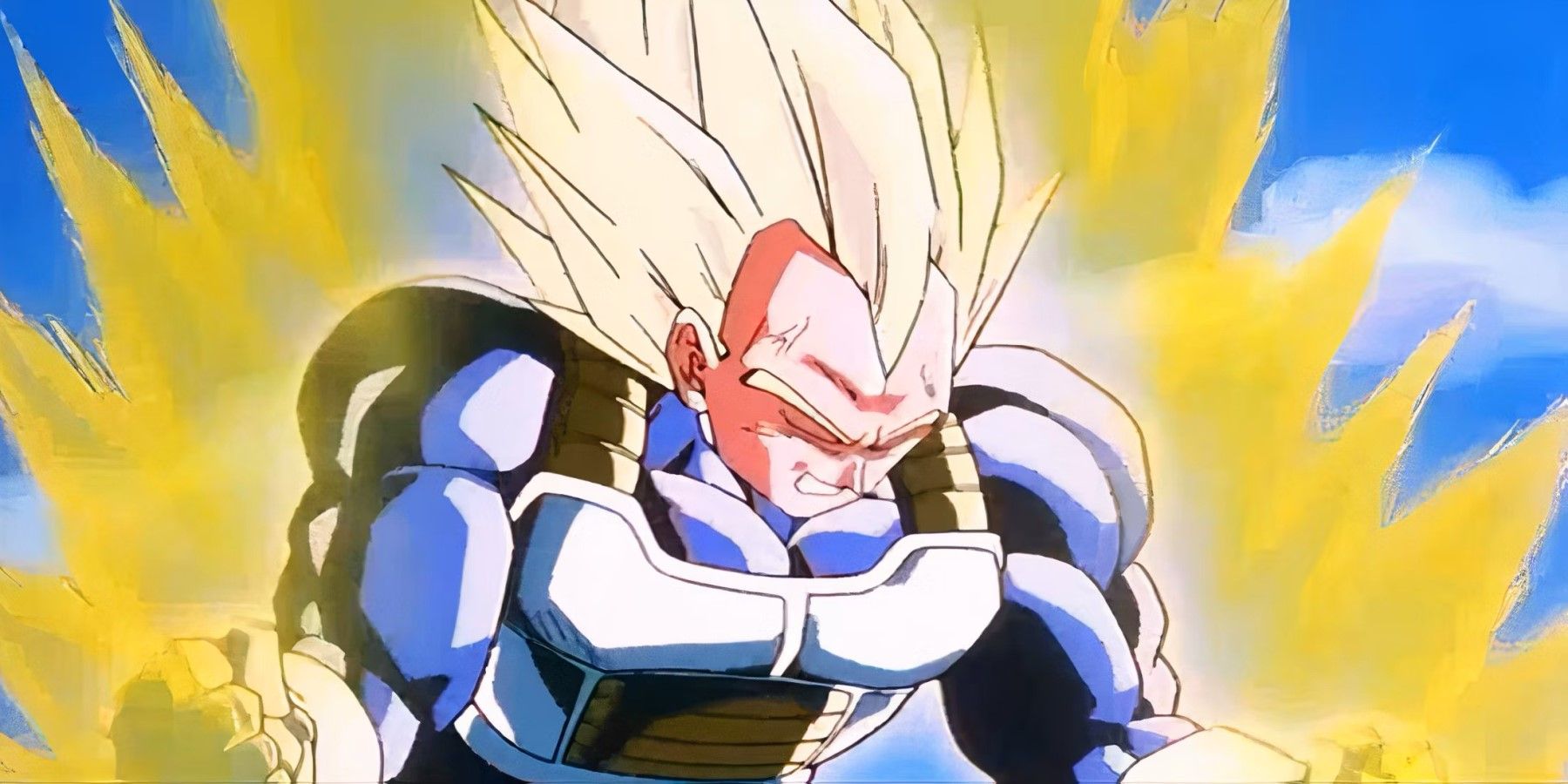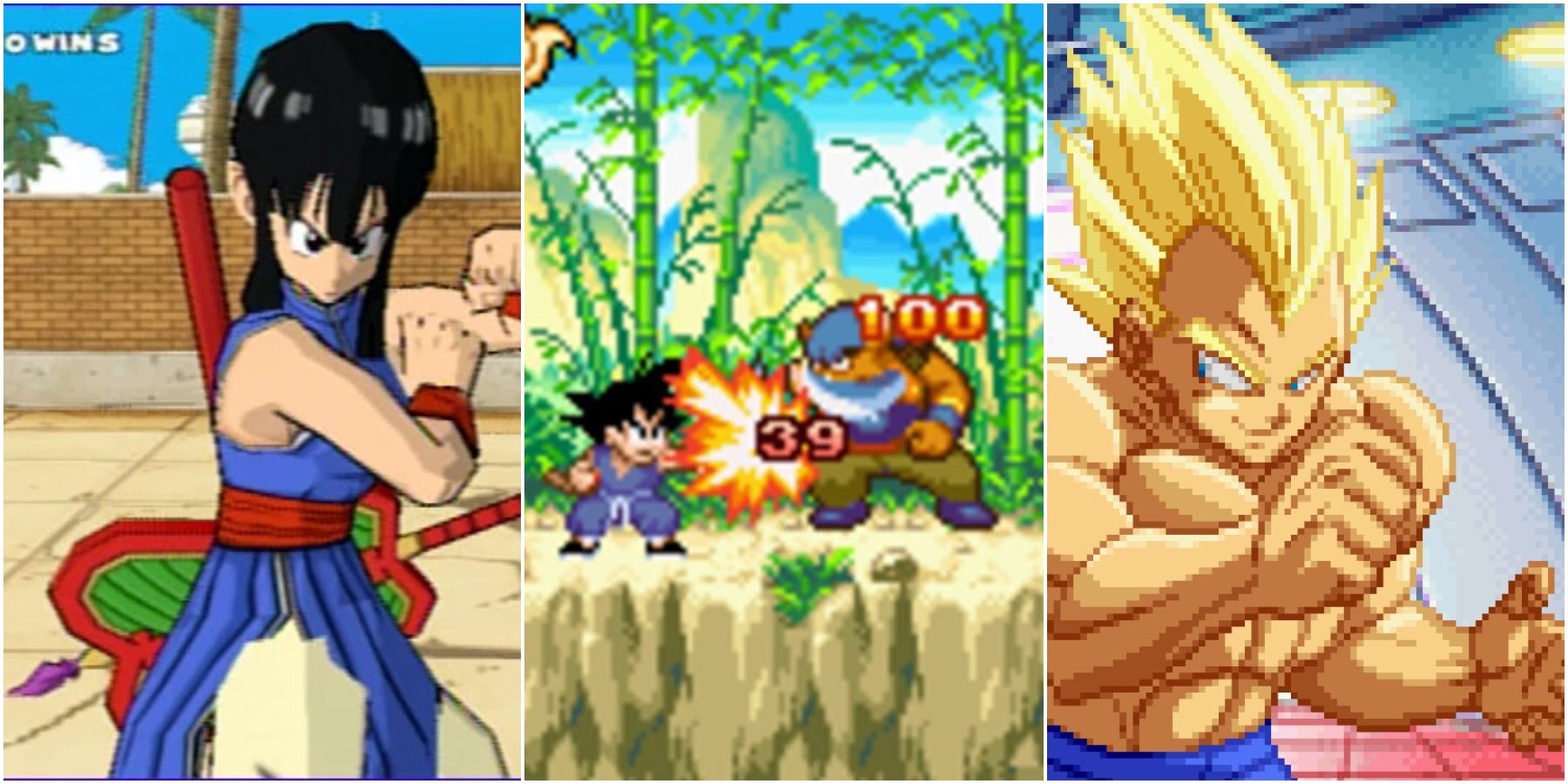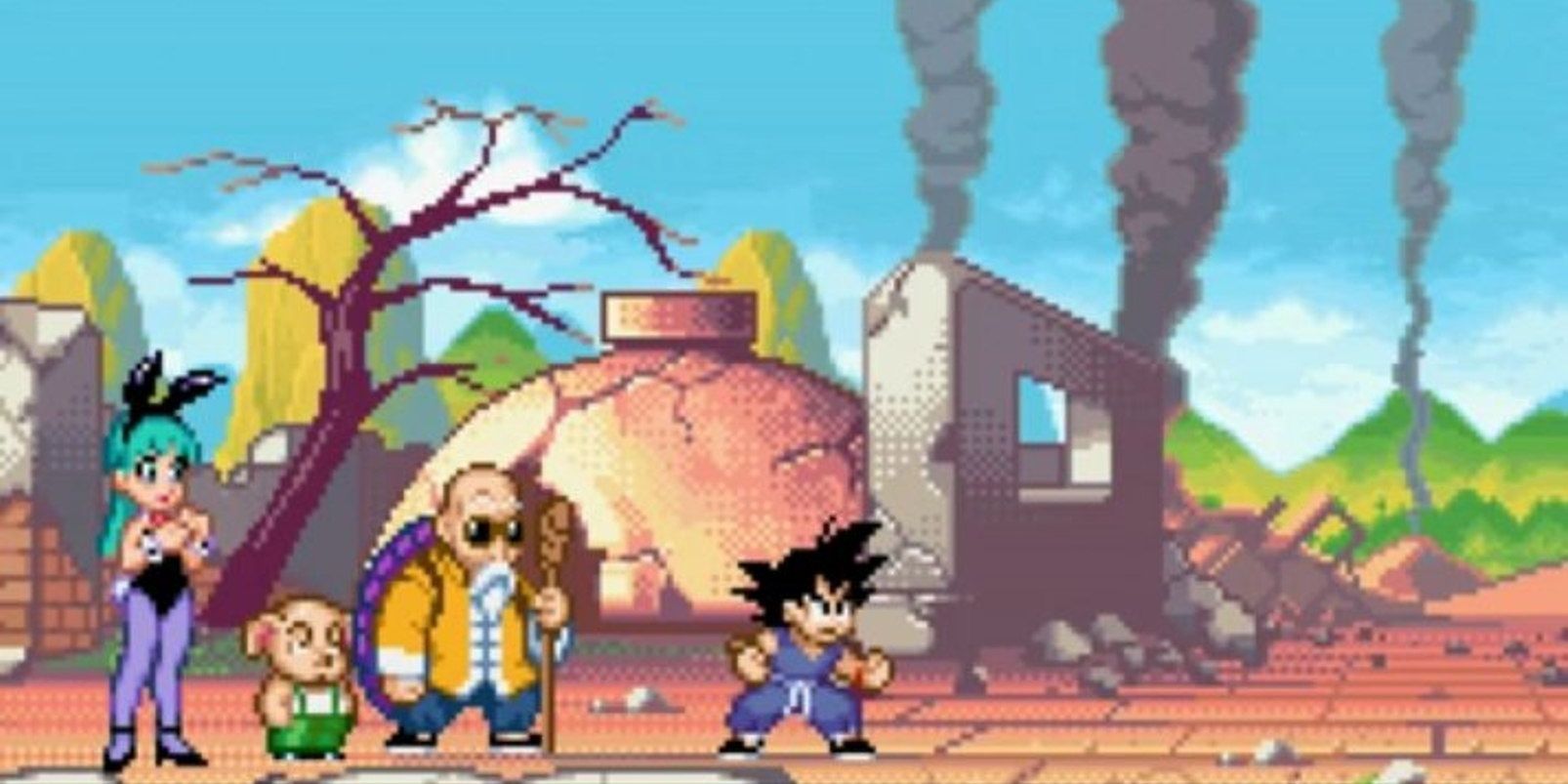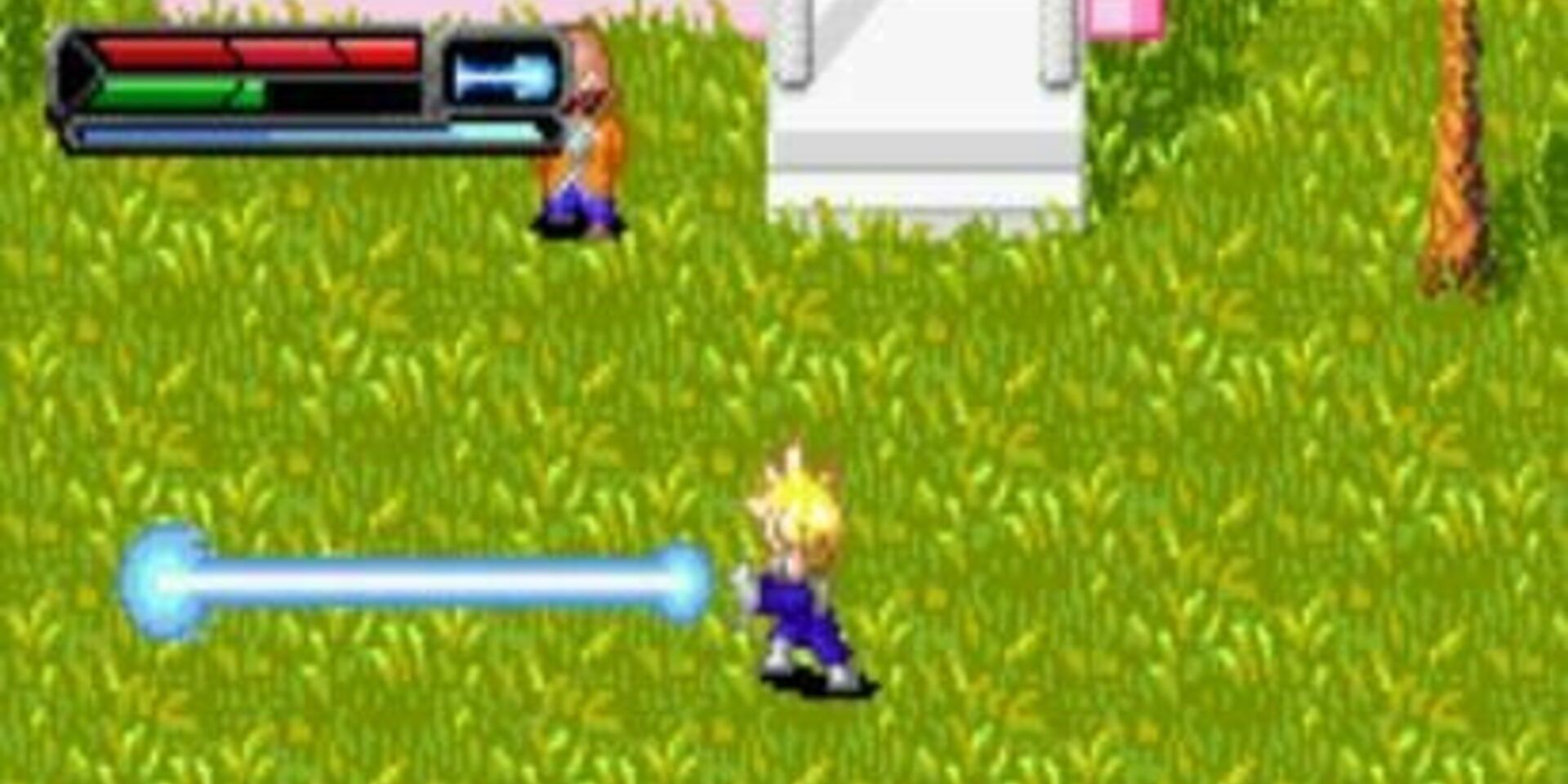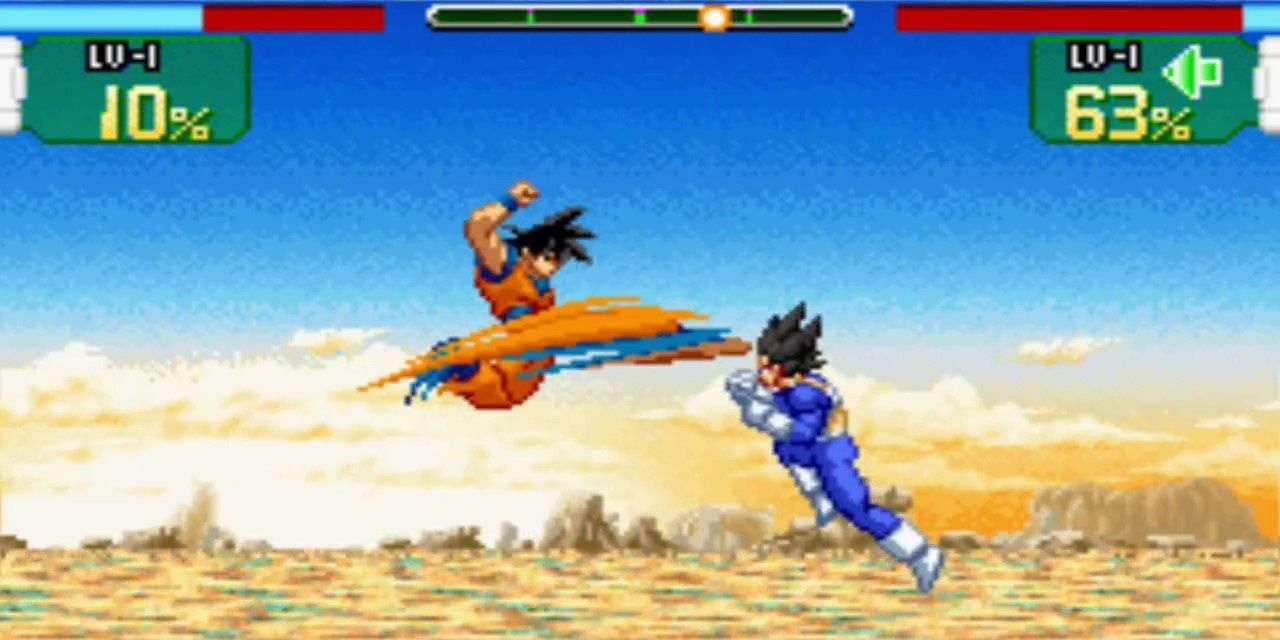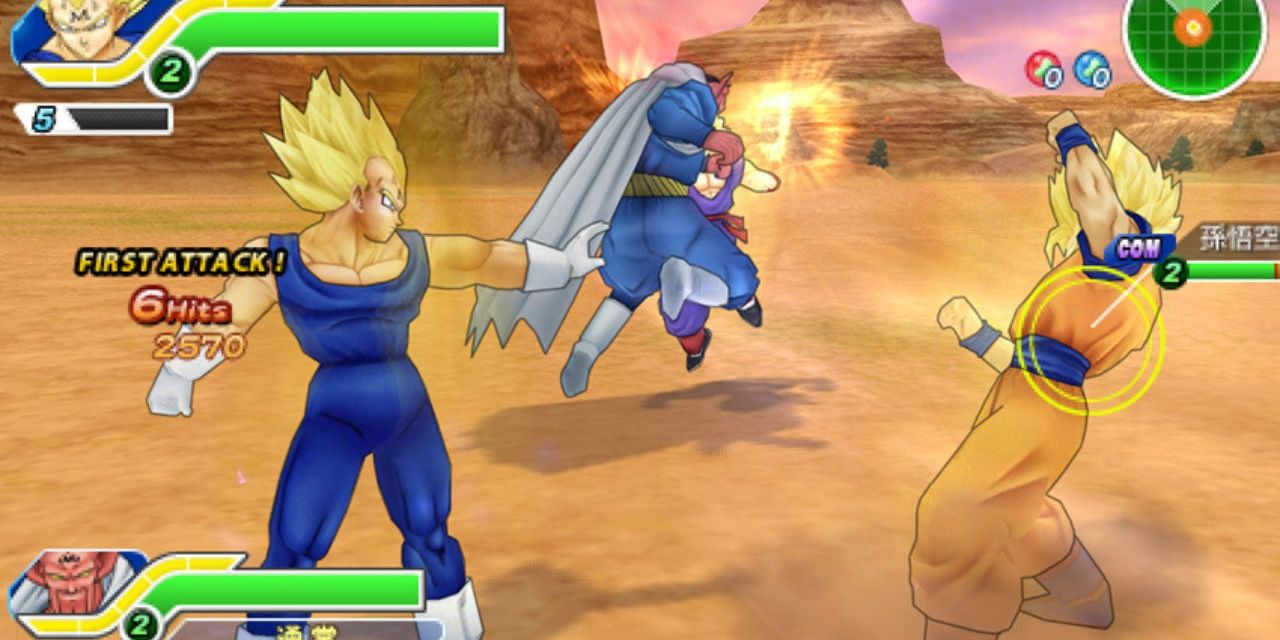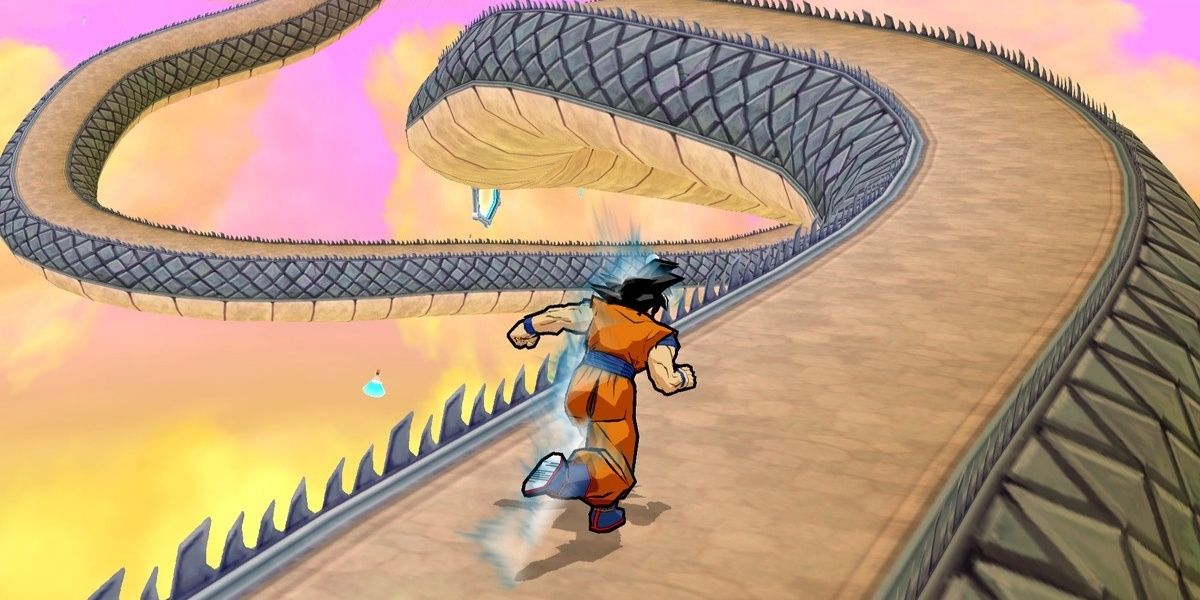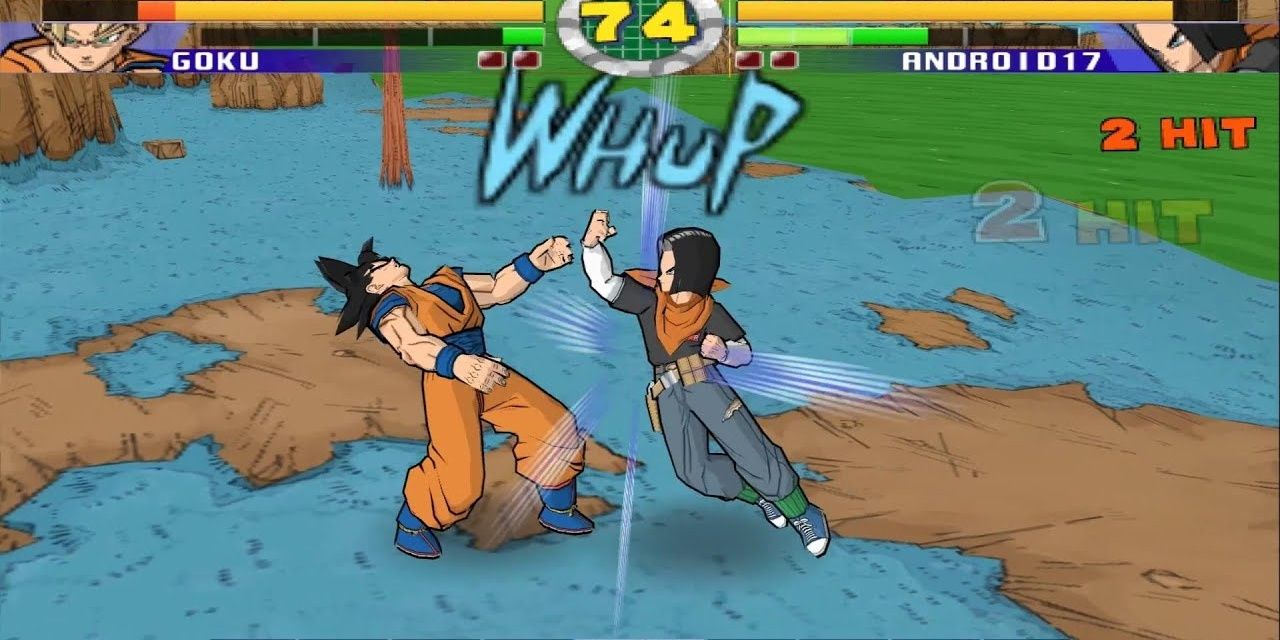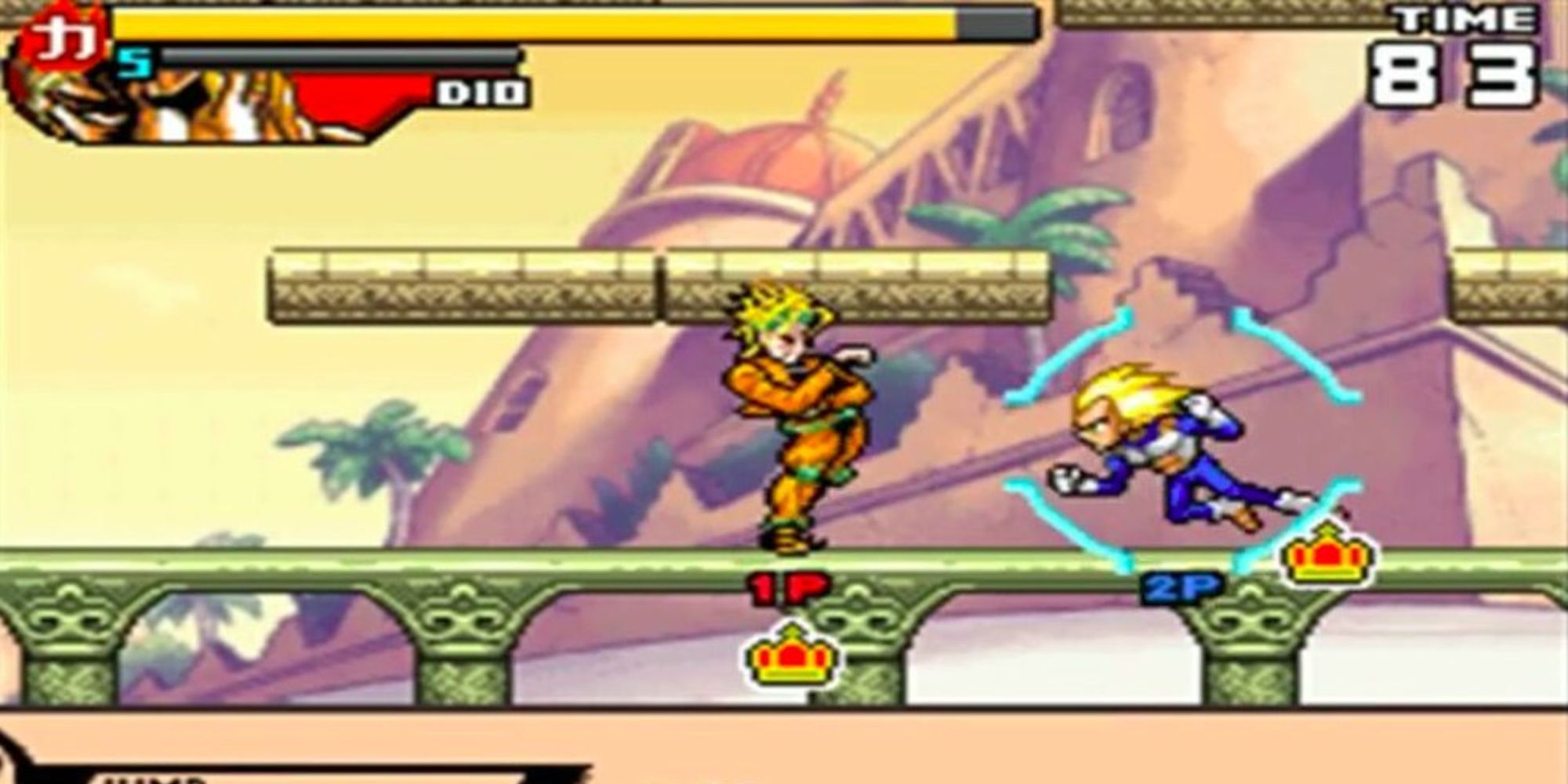Dragon Ball is among the most popular anime series of all time, so it stands to reason that it's spawned numerous games from various genres. The tragedy is that not all of these reached the popularity of the show. With so many titles, some were bound to fly under the radar.
Several Dragon Ball games failed to leave an impact on the mainstream or even the franchise's fan base. That's a real shame. Such obscurity means that players miss out on high-quality games. Merit and passion should be rewarded in such a thankless industry, and better late than never.
7 Dragon Ball: Advanced Adventure
As the name suggests, this game focuses on Dragon Ball instead of Dragon Ball Z. That might put off some fans, but the former show is actually more suited to an adventure game. What's more is the developers found the perfect format: a side-scrolling, platforming beat-'em-up.
Advanced Adventure thrives on this style as it soars through the entirety of Goku's early years, from his meeting Bulma to his battle against King Piccolo. That faithfulness permeates everything from the colorful and authentic aesthetic to how the hero moves and conquers his enemies. Fast and fluid melee combos prove satisfying on anything from Red Ribbon thugs to martial arts masters. Much like the monkey boy himself, one shouldn't underestimate this plucky title about the series' humble beginnings.
6 Dragon Ball Z: The Legacy Of Goku 2
Another Game Boy Advance entry, this is essentially what Dragon Ball Z: Kakarot should have been. The second Legacy of Goku game splices RPG mechanics into simple-yet-exhilarating beat-'em-up gameplay and exploration. It then spreads this winning formula across five playable characters, all of whom have skills to upgrade and abilities to unlock throughout the brilliant-recreated Cell Saga.
That's thanks largely to the amazing presentation. The detailed sprites and environments have more than enough variation to hammer home the sense of adventure within the Dragon Ball world. That sensation further benefits from the rocking renditions of Bruce Faulconer's iconic score. More than most DBZ products, this handheld gem truly captures the experience of playing the show.
5 Dragon Ball Z: Supersonic Warriors
The Game Boy Advance sure had plenty of Dragon Ball titles, but most of these focused more on adventure and less on fighting. This was probably due to system limitations, but Supersonic Warriors overcomes those limits in unorthodox ways. The characters have a surprising degree of definition in their designs and move sets, and the multi-layered environments use scrolling effects to strengthen the kinetic illusion.
These factors ultimately enhance the main attraction: the fighting. Though the format is 2D, players have 360-degree freedom of movement, allowing them to throw a punch in any direction. It may be simple stuff--standard light and heavy attacks--but this button-mashing approach is admittedly addictive. Not only does it capture the speed of DBZ brawls, but much of it hinges on timing. Each clash could find either combatant on the receiving end on a combo. These clever tricks with gameplay and presentation make Supersonic Warriors a commendable work on a commendable system.
4 Dragon Ball Z: Tenkaichi Tag Team
Most PSPDBZ games were condensed versions of the console releases, but this has something over the other Tenkaichi titles. Namely, it has multiple fighters onscreen. Fans play through the sagas of Dragon Ball Z, choosing preferred teammates for each scenario.
This would be fairly impressive in itself, but the team mechanic is actually less cumbersome than recent efforts like Xenoverse. Neither the camera nor the controls are an issue; they're just as fluid and impactful as the mainline Tenkaichi series. The fact that it's able to do that with so much chaos onscreen--with one analog stick, no less--is a feat one wouldn't think possible.
3 Dragon Ball Z: Infinite World
The timing couldn't have been worse here. This PS2 exclusive released late in the system's life cycle, meaning many players had already moved onto next-gen Dragon Ball games. Even worse, the title looked less like a new release and more like a glorified expansion of Budokai 3.
That may seem like a detriment, but Infinite World represents the fully-realized version of that concept. It tightens the systems that worked while abandoning those that didn't, such as the Dragon Rush guessing gimmick.
Chief among the improvements is the expansive Story Mode. It comes with not only more involved minigames and exploration, but also a wealth of energetic cutscenes akin to the original Budokai. This paves the way for tons of new characters and costumes from Dragon Ball, Dragon Ball Z, and Dragon Ball GT. Fans couldn't ask for much more service.
2 Super Dragon Ball Z
Here's yet another victim of timing. This standalone title found itself smushed between the Budokai and Tenkaichi series, which dominated the Dragon Ball game market throughout the 2000s. Its case wasn't helped by gameplay which departed radically from both.
Super Dragon Ball Z is the brainchild of many minds behind the Street Fighter series. As such, it plays much more like a traditional fighter, rewarding timing and precision. Those who master the mechanics can pull of graceful combos which juggle opponents in the air for the whole match. This gives it perhaps the most finesse of any Dragon Ball game until FighterZ came along. Needless to say, it deserved the same enduring audience.
1 Jump Ultimate Stars
Those disappointed by Jump Force shouldn't give up hope. Numerous Shonen crossover titles have come over the years. This one is the last in a long-running series. Therefore, it perfects many of the systems already in place. Jump Ultimate Stars is basically Super Smash Bros. for anime nuts. Those fans engage in chaotic brawls across even more chaotic environments, irresistible in their cartoonish antics.
The comic style and ludicrous plot are straight out of a manga. Complementing that approach are hundreds of characters from Dragon Ball and other Shonen series like Naruto, One Piece, Yu-Gi-Oh!, Bleach, Death Note, and Inuyasha. Each fighter comes with multiple move sets; players can upgrade existing ones or unlock entirely new skills. That replay value on top of an already rousing melee makes Jump Ultimate Stars a love letter to fans of all these franchises. Sadly, that love letter was lost in the mail, as it only released in Japan.

